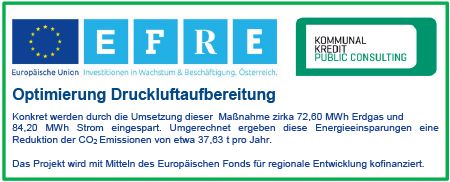That is how we produce our flour
Immerse yourself in the fascinating world of flour production at Haberfellner. CEO Markus Haberfellner shows us one of the most modern mills in Austria, where tradition and innovation go hand in hand. We can see a process full of passion and precision, from the carefully selected grain to the fine flour. Let us discover the art of milling and the secret behind every bag of flour.
Mini documentary – part 1
Haberfellner Mühle’s development over the past few decades.
Haberfellner Mühle, family-owned since 1892, began as a small mill in 1612. With a monthly production capacity of over 15,000 tonnes of flour, it is now one of the largest mills in Austria. Innovation, business acumen, and a passion for craftsmanship have characterised the company for three generations. In recent years, more than €15 million have been invested in buildings, machinery, and technology in order to continually improve production processes and quality. Customers can be assured that the quality of the flour is absolutely consistent and hygienic.
Grain analysis
Grain deliveries are subject to a thorough incoming goods inspection. Samples are taken from every lorry and are then checked for quality. This includes sensory evaluation, detection of impurities and foreign objects, pest control, and measurement of moisture, specific weight, and protein content.
The results are communicated to the suppliers and the grain is only processed once approved by the quality management team.
Mini documentary – part 3








